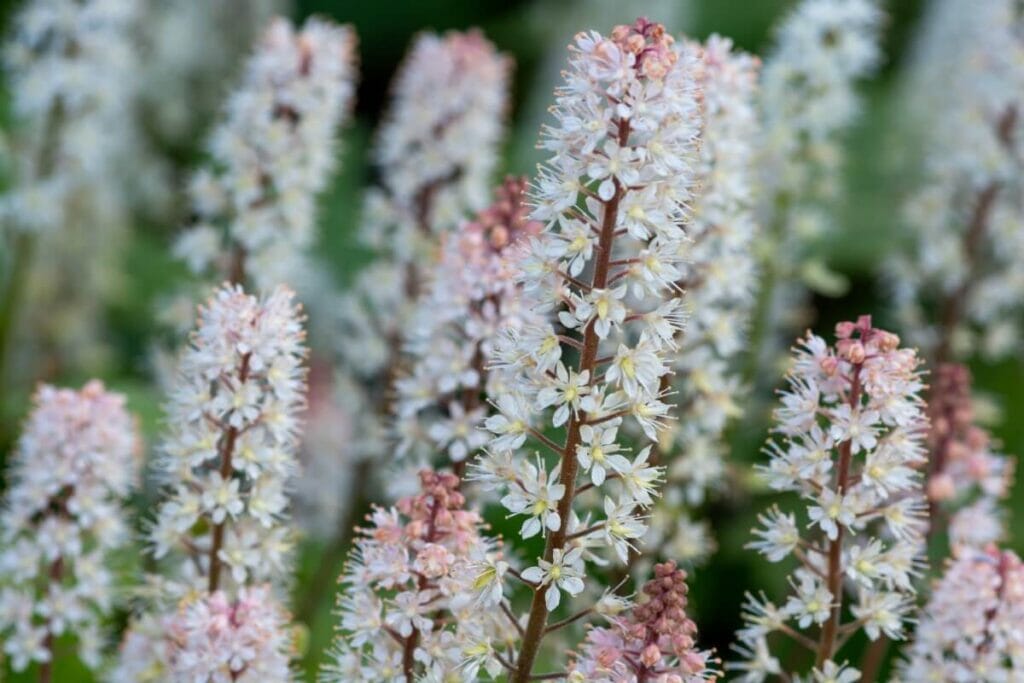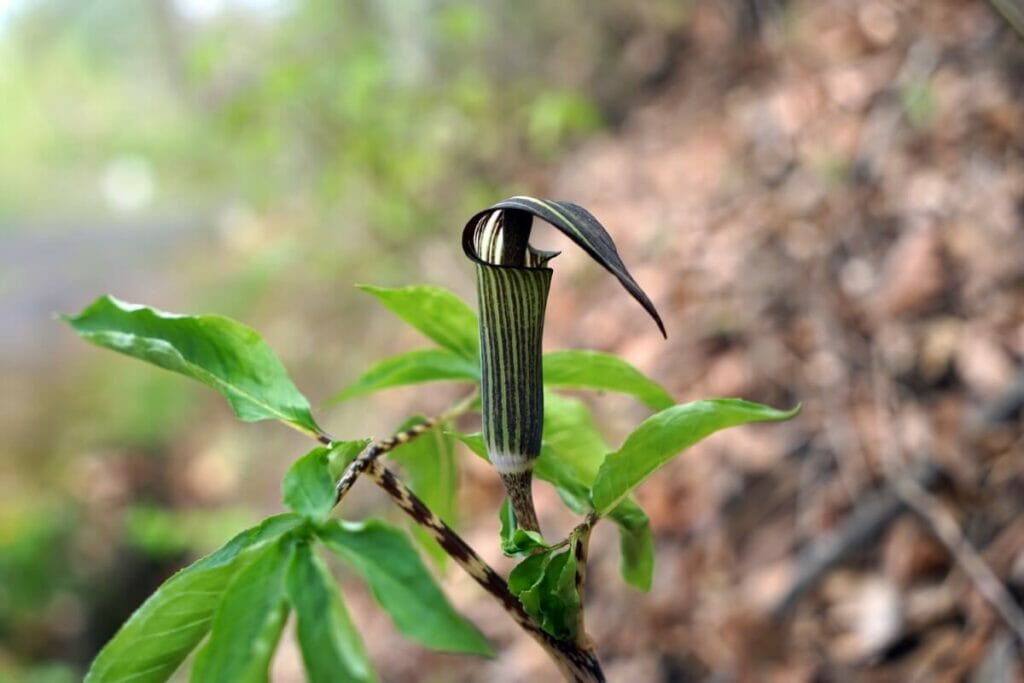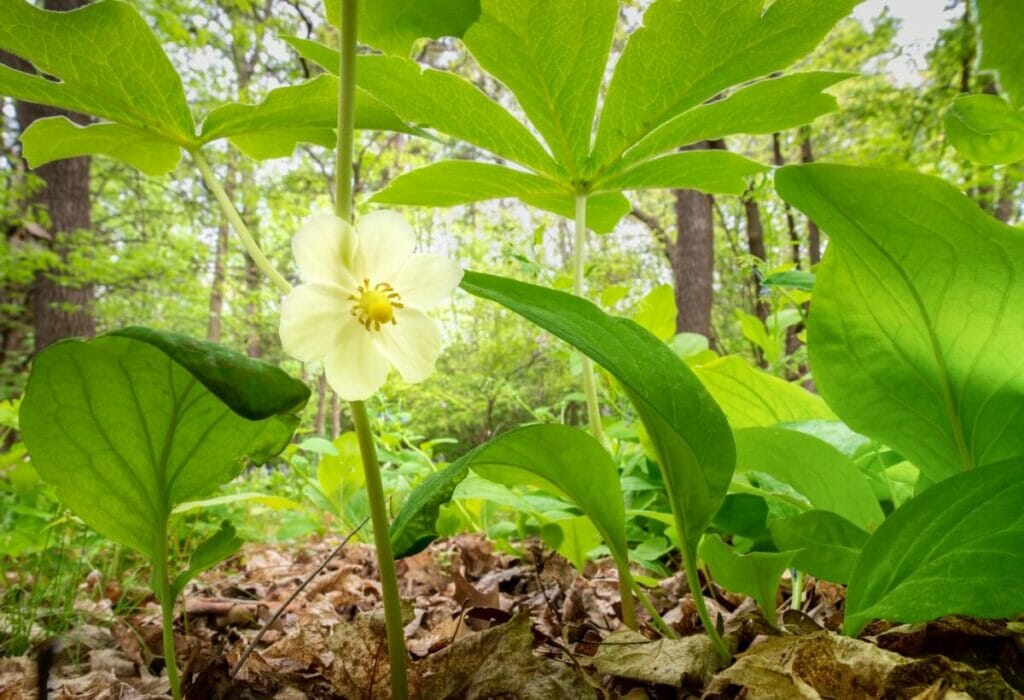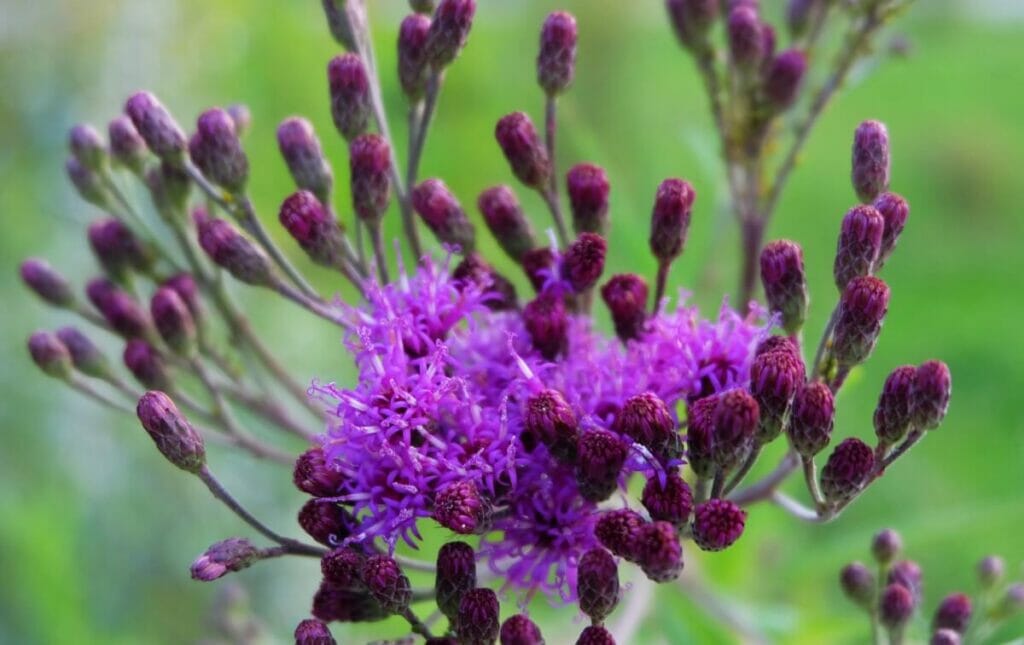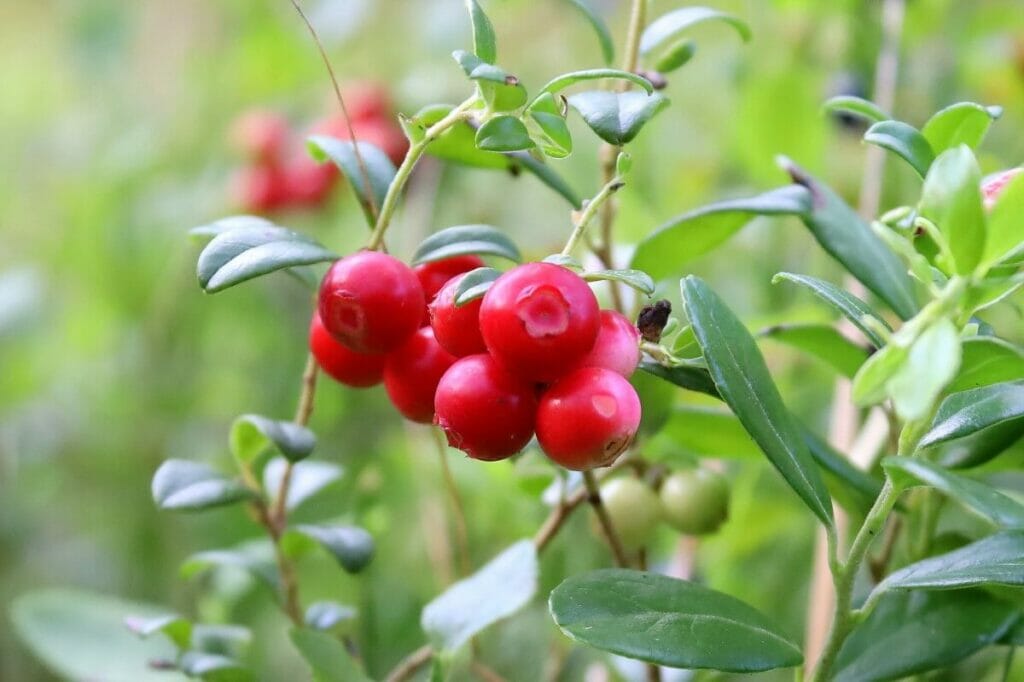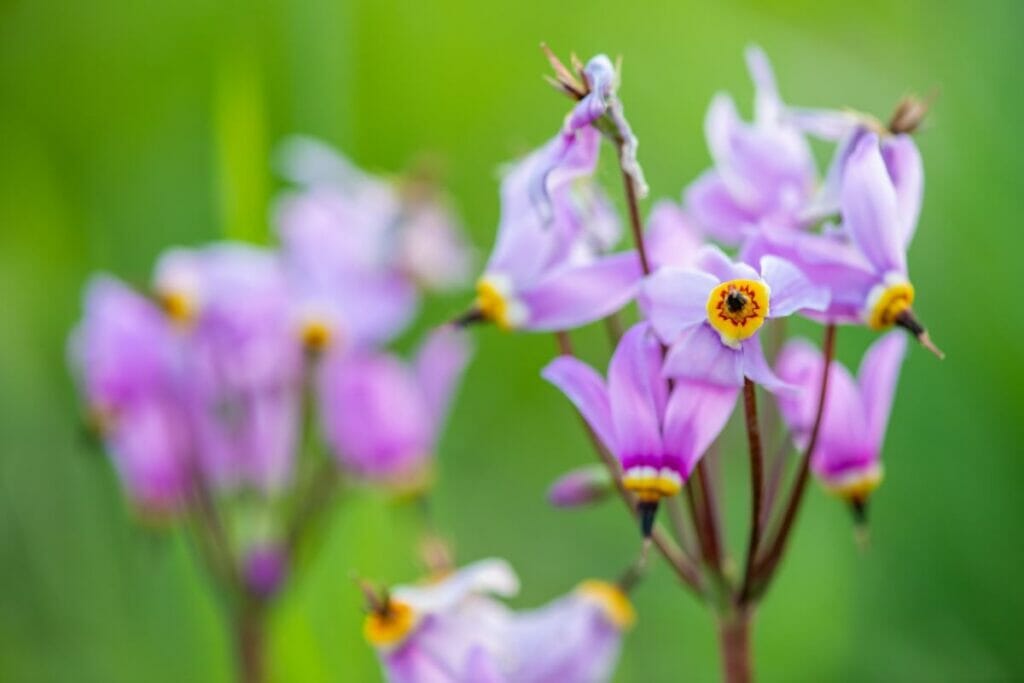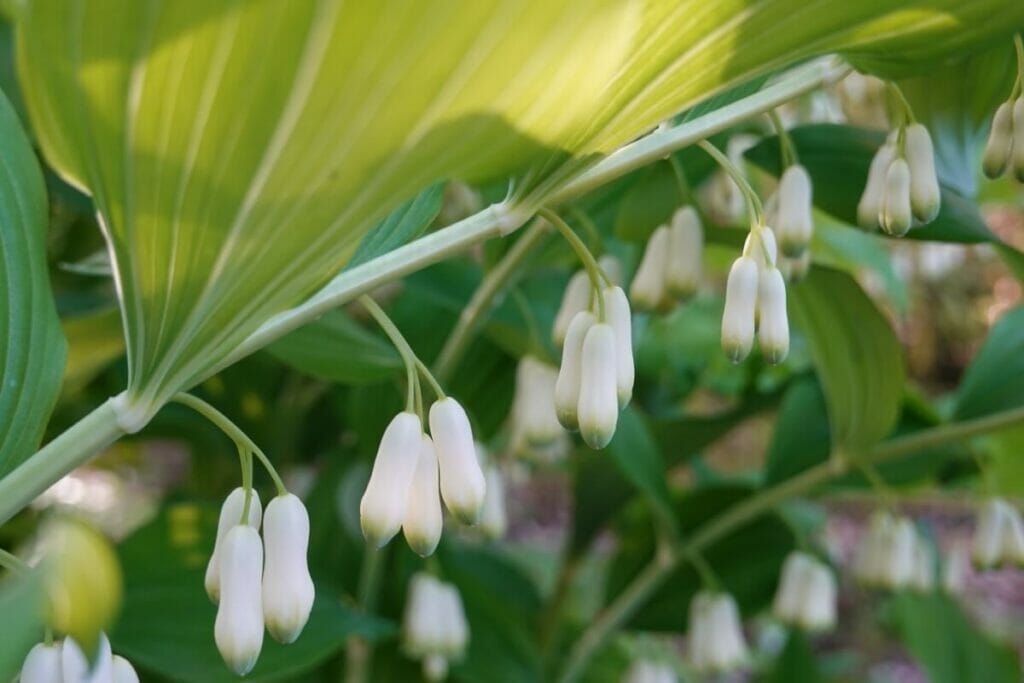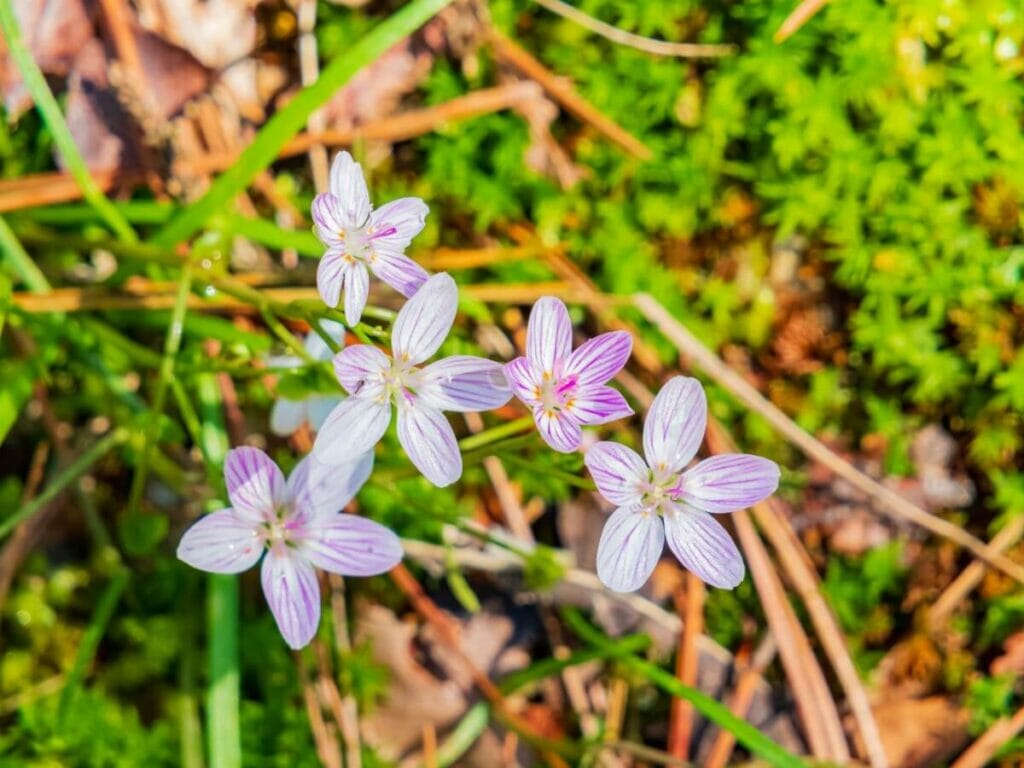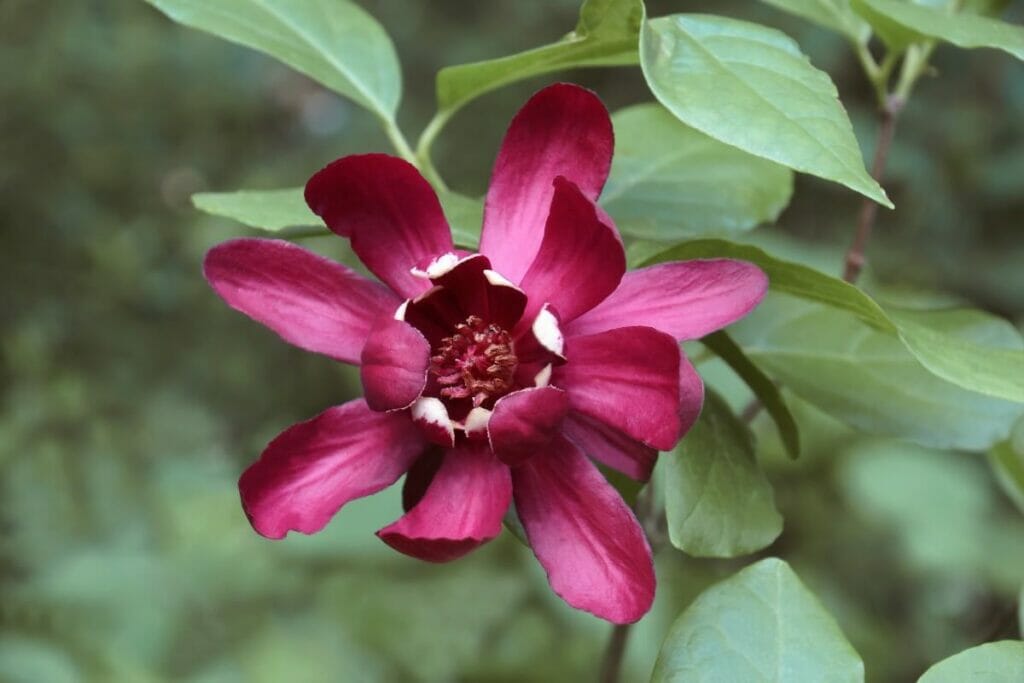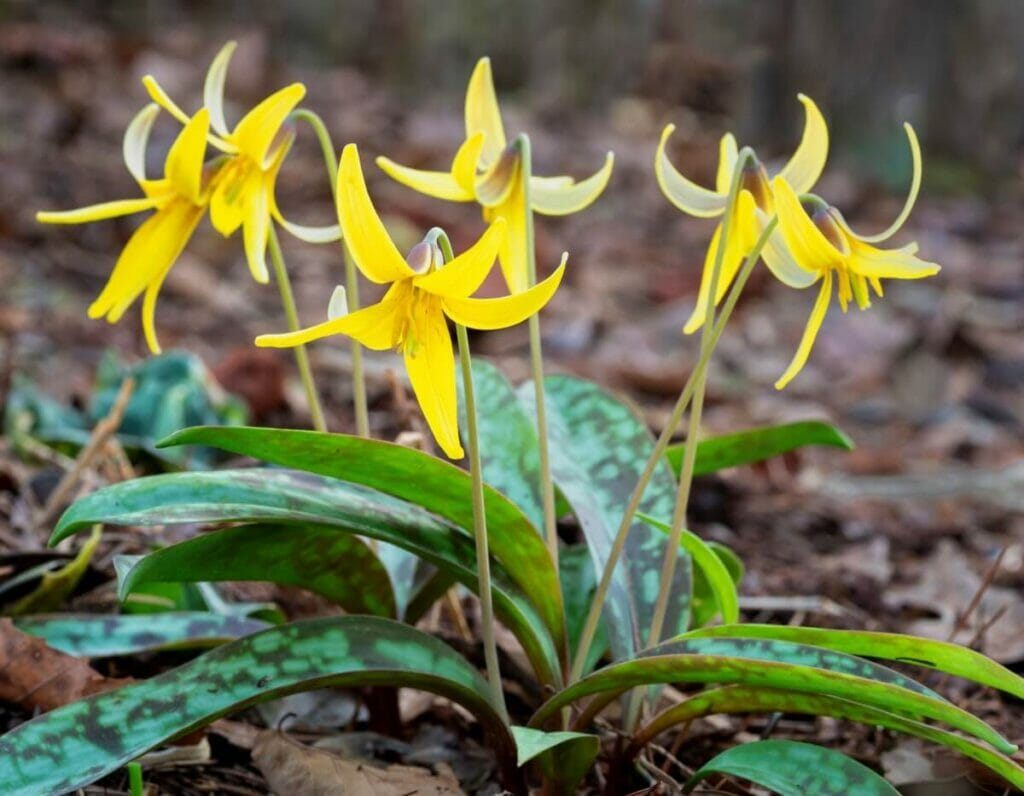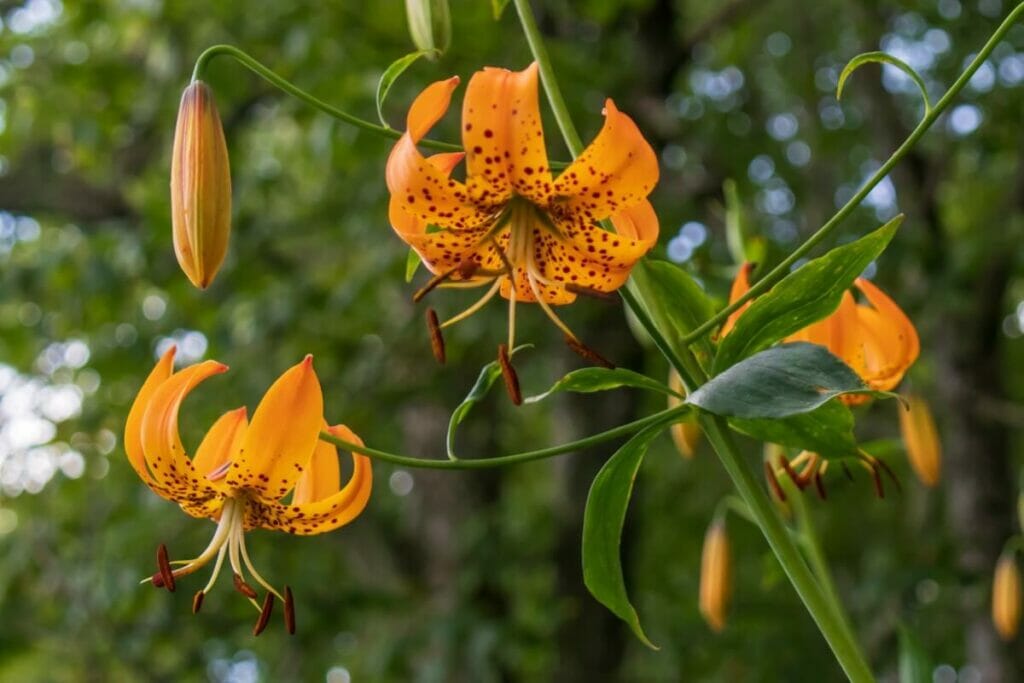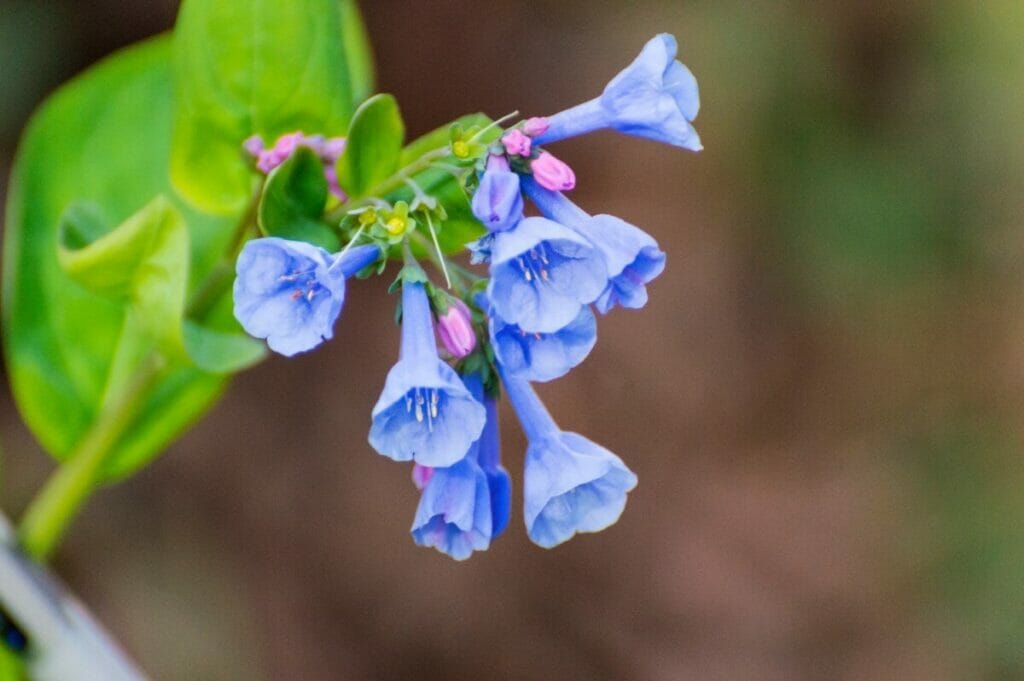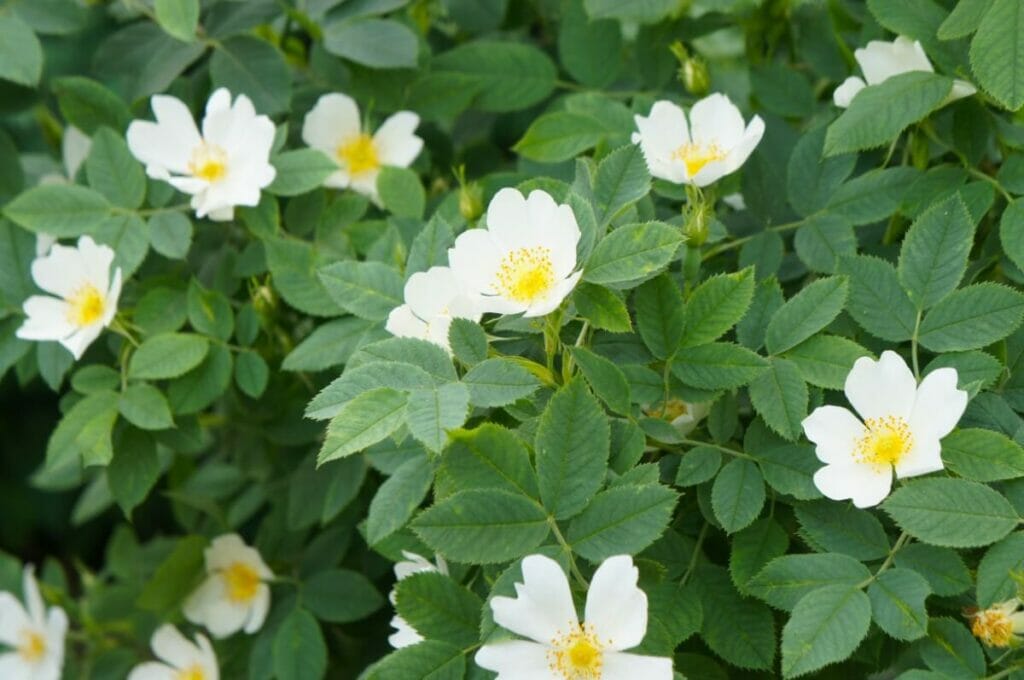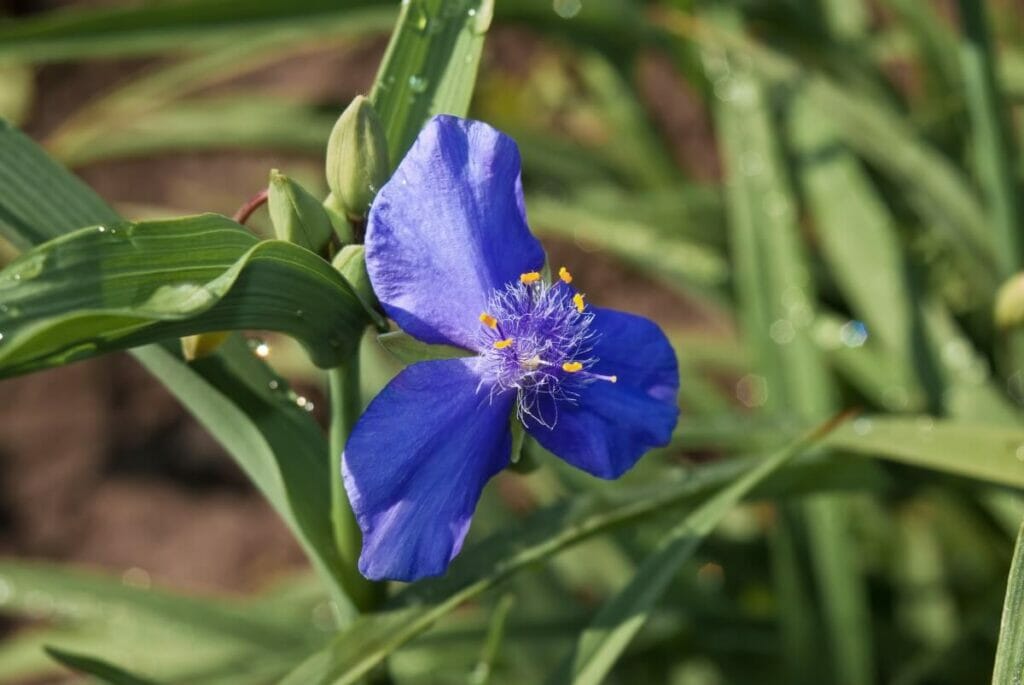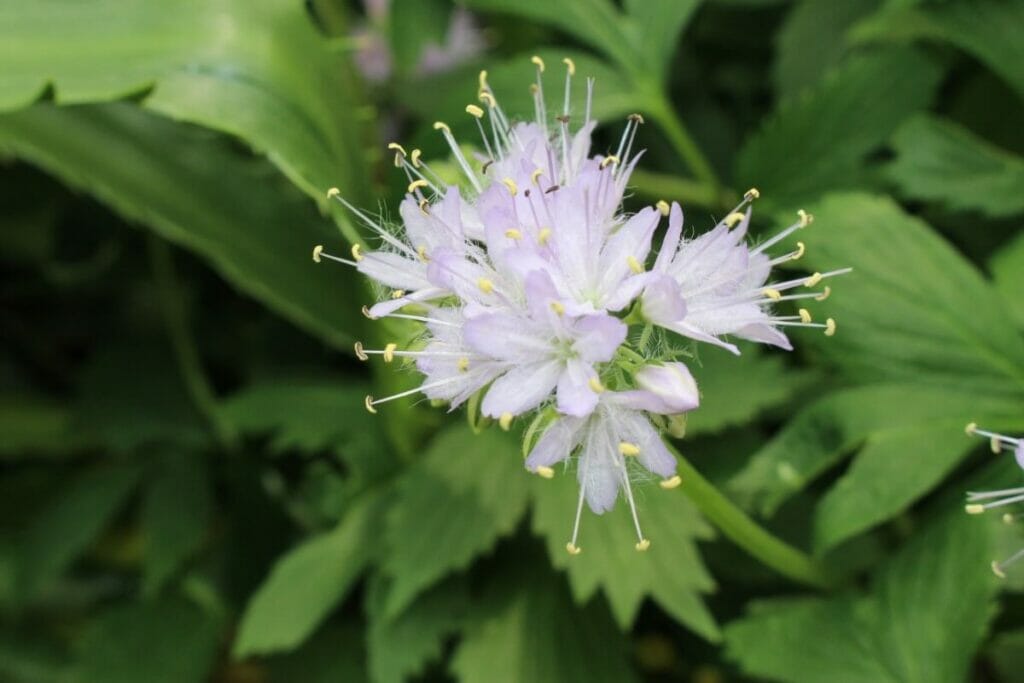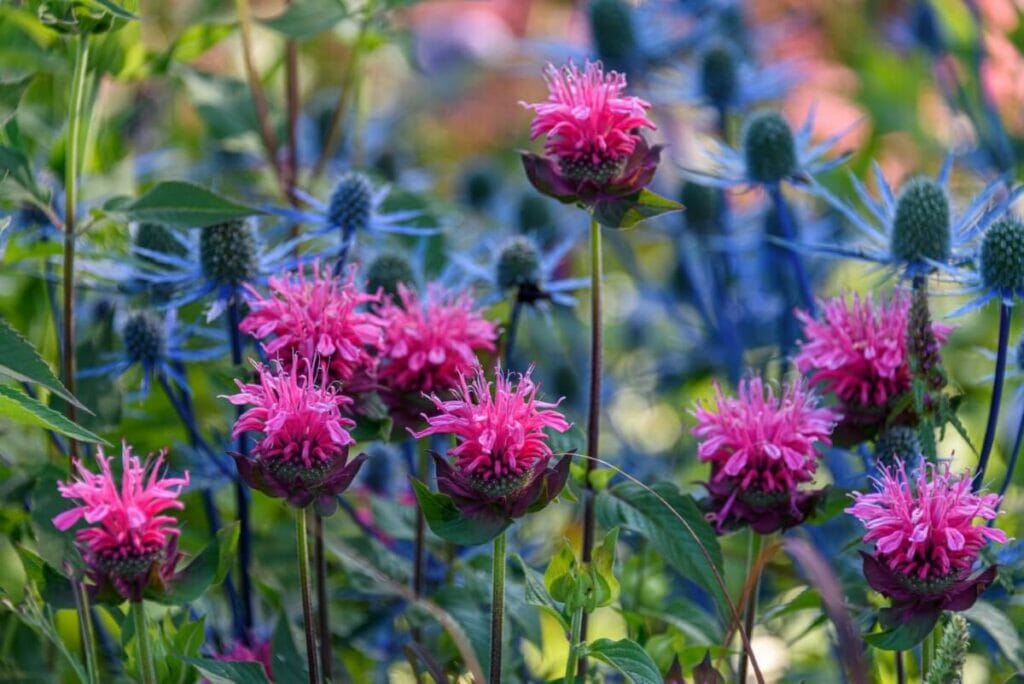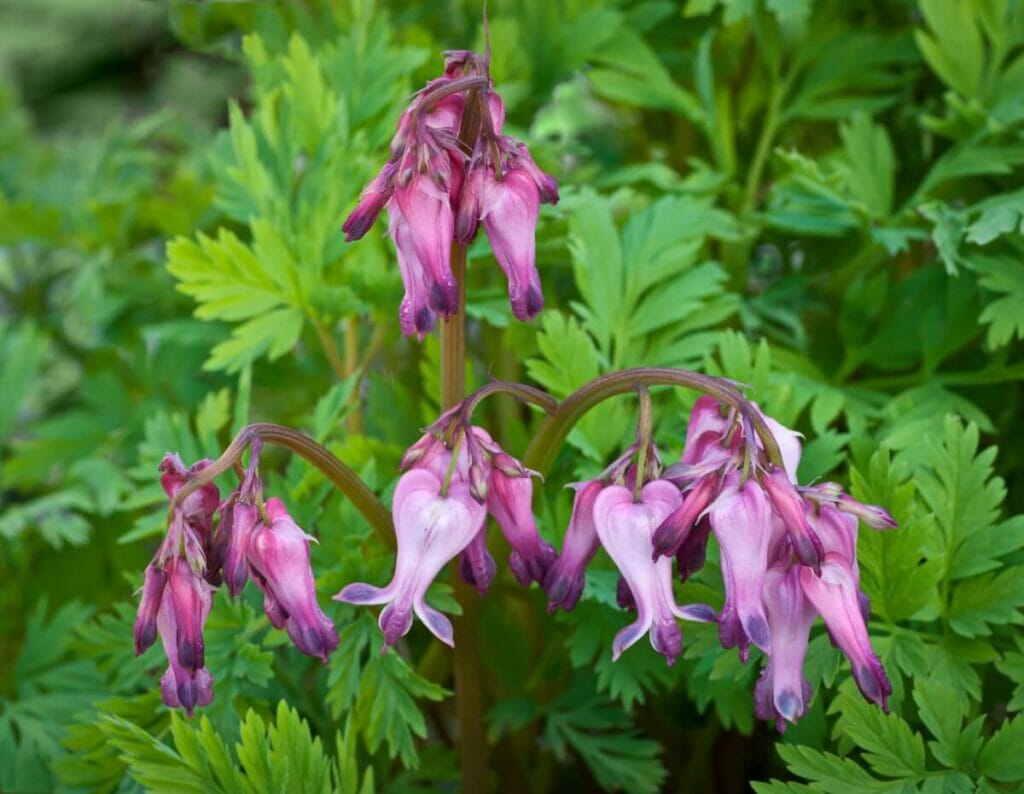Located on the East Coast, Virginia is home to beautiful, unique flora. The state’s varied landscape includes forest, prairie, and mountain, all of which provide unique environments for plant life. In this article, we’ll learn about 30 species of Virginia flowers, plants, and wildflowers.

There are several plant species native to Virginia that thrive in the state’s humid environment (USDA Growing Zones 5a to 8a). A tiny portion of the Blue Ridge Mountains and the extreme eastern corner of the state fall within Zone 5, while the rest of the state is among Zones 6a to 7b.

Plants that are considered native to Virginia are those that were already established there when European immigrants arrived in the early 17th century. Since then, invasive species that were brought to the area have spread and become indigenous there. The American dogwood is a typical example of a Virginian native plant.

The American dogwood, or blooming dogwood as it is often called, is a lovely deciduous tree in the cornaceae family. The state flower of Virginia since 1918, this tree is widespread in the Eastern United States.
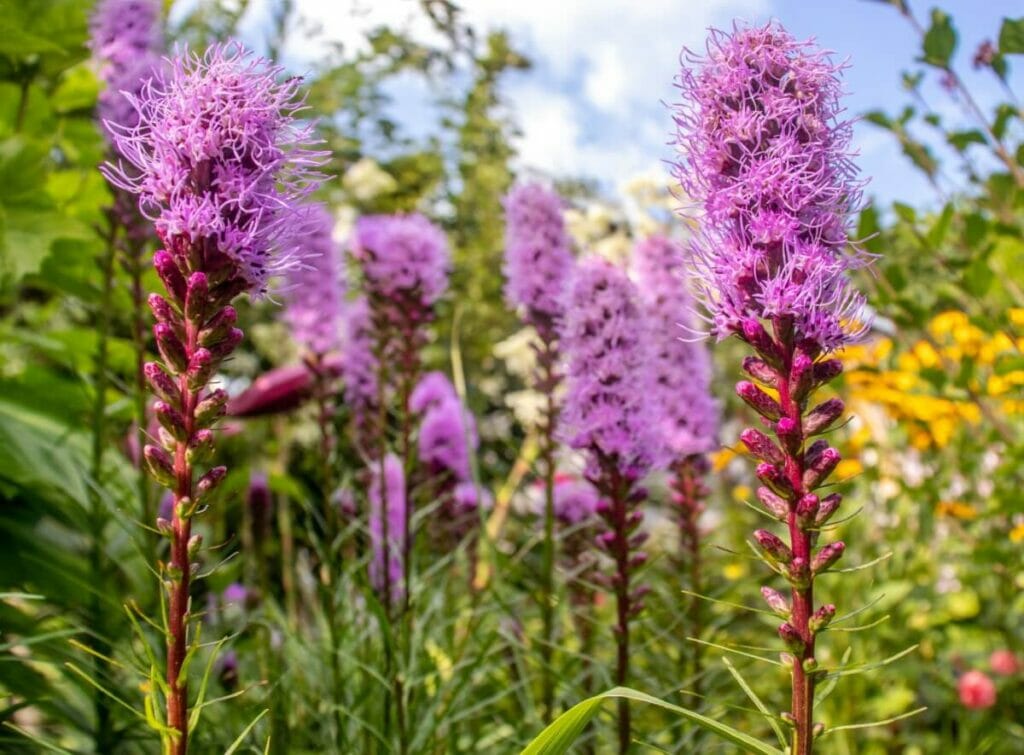
Among the Asteraceae family of wildflowers, the Black-eyed Susan is among the most striking. It has massive blooms that bloom in the summer and autumn, and those flowers have yellow petals with dark brown center cones. This well-known wildflower originates from the prairies and open grasslands of USDA hardiness zones 3 through 9.

Liatris spicata, sometimes known as prairie feather, is a common wildflower in the grasslands of eastern North America. These daisy-related perennials are distinguished by their tall stems and slender, grass-like leaves.

The butterfly weed, or milkweed, is a perennial plant of the family Apocynaceae, sometimes known as the dogbane family. You can find these wildflowers all around North America, but they are most common in grasslands and open forests, and they provide a ton of nectar for bees and other pollinators. It has a tall, erect stem with clusters of lance-shaped leaves, and in the summer it blooms with small clusters of orange, red, or yellow flowers.
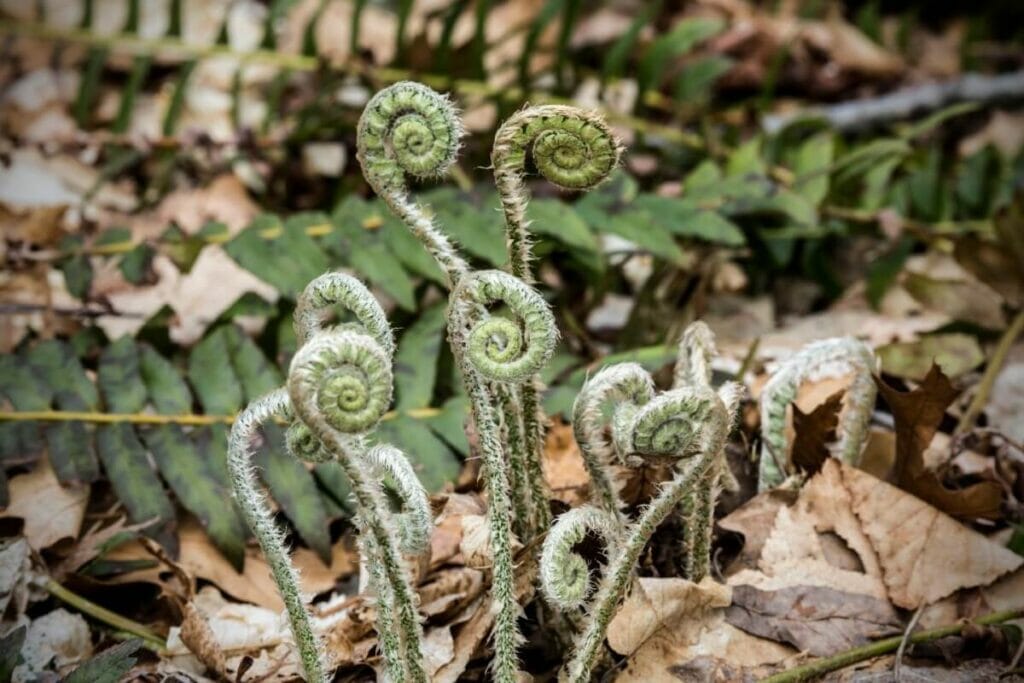
Cardinal Flowers, perennial herbaceous plants found in wetlands in Central and North America, belong to the family Campanulaceae. The scarlet robes of Catholic cardinals inspired the name of these magnificent flowers, which have deep red blossoms with five lobes.

The Christmas fern, or Dryopteris ficifolia, is a perennial fern that retains its green coloration throughout the year. Typically, you may see this animal in the eastern parts of North America. Ferns, when mature, produce clumps of lustrous, dark green leaves that may have as many as 35 pairs of pinnae. Black or dark brown scales cover the sturdy stems that hold up the fronds.

